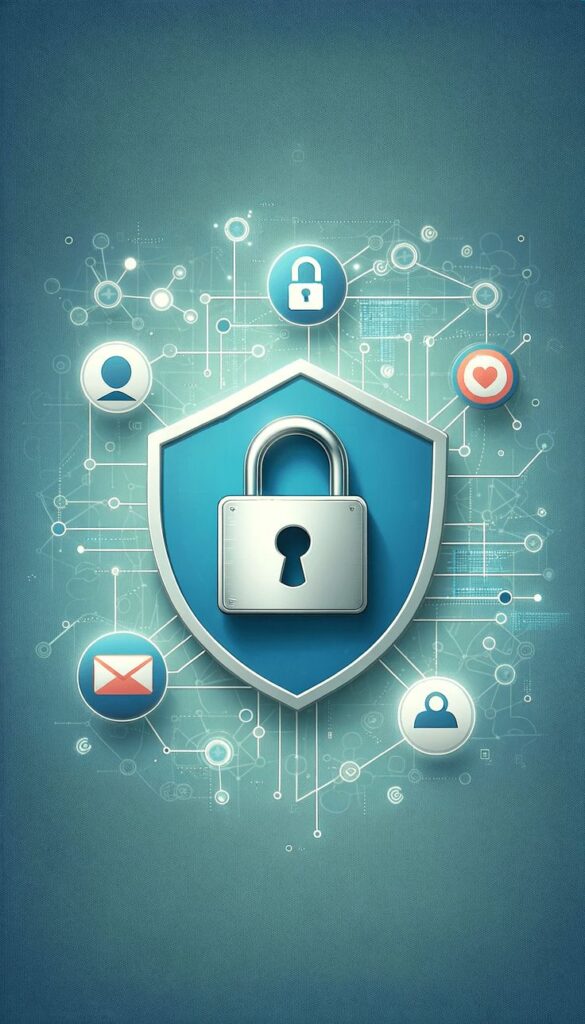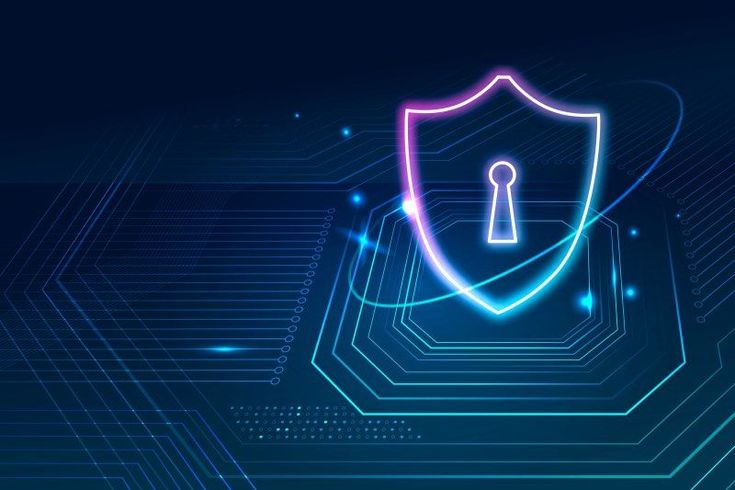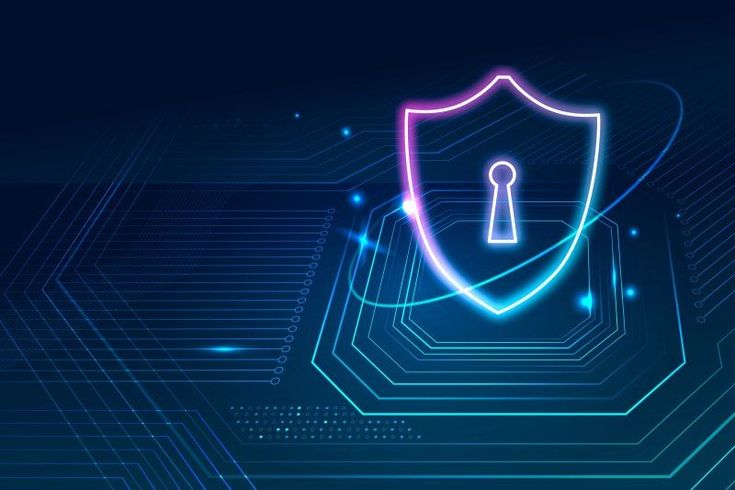Center Standards of Network safety:
Cybersecurity
Classification: Guarantees that data is open just to the people who are approved to see it. This includes safeguarding touchy information from unapproved access.
Uprightness: Guarantees that information is precise and unaltered by unapproved parties. This includes forestalling unapproved alterations and keeping up with information consistency.
Accessibility: Guarantees that data and frameworks are open to approved clients when required. This includes safeguarding against interruptions and guaranteeing dependable admittance to information and administrations.
Key Parts of Network safety

Network Security: Includes safeguarding the honesty, secrecy, and accessibility of information as it is sent across or gotten to by means of an organization. This incorporates firewalls, interruption location frameworks (IDS), and interruption counteraction frameworks (IPS).
Endpoint Security: Spotlights on getting individual gadgets like PCs, cell phones, and tablets. This includes antivirus programming, endpoint recognition and reaction (EDR), and cell phone the board (MDM).
Application Security: Includes guaranteeing that product and applications are secure from dangers. This incorporates practices like secure coding, ordinary weakness evaluations, and application firewalls.
Information Security: Includes safeguarding information from unapproved access and penetrates through encryption, access controls, and secure stockpiling arrangements.
Character and Access The executives (IAM): Oversees client personalities and controls admittance to assets in view of confirmation and approval approaches.
Security Activities: Incorporates consistent checking, investigation, and reaction to security episodes. This includes security data and occasion the executives (SIEM) frameworks, danger knowledge, and occurrence reaction groups.
Sorts of Digital Dangers:
Malware: Malevolent programming intended to mischief or take advantage of frameworks and information. Types incorporate infections, worms, ransomware, spyware, and trojans.Cybersecurity
Phishing: A kind of friendly designing assault that fools people into uncovering delicate data by professing to be a real element.
Ransomware: A sort of malware that scrambles a casualty’s information and requests installment, normally in digital money, for the decoding key.
Disavowal of-Administration (DoS) Assaults: Overpower an organization or administration with traffic to make it inaccessible to real clients.
Insider Dangers: Dangers from people a their inside an association admittance to hurt the association’s information or frameworks.
High level Persevering Dangers (APTs): Complex, long haul assaults directed by talented foes, frequently focusing on high-esteem data.
Network protection Practices and Devices

Firewalls: Organization security gadgets that screen and control approaching and active traffic in view of foreordained security rules.
Encryption: Converts information into a coded configuration to forestall unapproved access, guaranteeing that main those with the decoding key can get to the first information.
Multifaceted Confirmation (MFA): Requires various types of check to validate a client’s personality, improving access control.
Security Data and Occasion The executives (SIEM): Frameworks that give constant investigation of safety alarms and information from different sources to recognize and answer dangers.
Interruption Recognition Frameworks (IDS)/Interruption Counteraction Frameworks (IPS): Screen network traffic for dubious exercises and can make a move to impede or moderate dangers.
Fix The executives: Consistently refreshes programming and frameworks to fix weaknesses and further develop security.Cybersecurity
Network safety Structures and Guidelines
NIST Network safety Structure: A bunch of rules created by the Public Foundation of Guidelines and Innovation to help associations oversee and diminish online protection chances.
ISO/IEC 27001: A worldwide norm for data security the board frameworks (ISMS) that blueprints best practices for overseeing touchy data.
General Information Insurance Guideline (GDPR): A guideline in the European Association that oversees information assurance and protection, including necessities for information security.
Network safety Administration and Consistence:

Administration: Includes laying out arrangements, techniques, and controls to guarantee an association’s network protection methodology lines up with its objectives and administrative prerequisites.
Consistence: Complies to regulations, guidelines, and principles connected with information security and network protection, like GDPR, HIPAA, and PCI DSS.
Arising Patterns in Network safety
Man-made consciousness and AI: Utilizing simulated intelligence and ML to upgrade danger identification, computerize reactions, and investigate huge volumes of information for examples and oddities.
Zero Trust Security: A model that expects no intrinsic trust inside an organization and requires ceaseless check of client and gadget personality no matter what their area.
Quantum Cryptography: Investigating new cryptographic strategies in view of quantum mechanics to upgrade information security.
Conclusion:
Cybersecurity is the discipline concerned with safeguarding systems, networks, and data from digital threats and malicious activities. To begin with, understanding its fundamental principles helps in grasping its importance. Confidentiality, integrity, and availability form the core tenets of cybersecurity. Confidentiality ensures that only authorized individuals can access sensitive information, thus preventing unauthorized access. In addition, integrity ensures that data remains accurate and unaltered, safeguarding against unauthorized modifications. Moreover, availability guarantees that information and systems are accessible to authorized users when required, thereby preventing disruptions and ensuring reliability.
